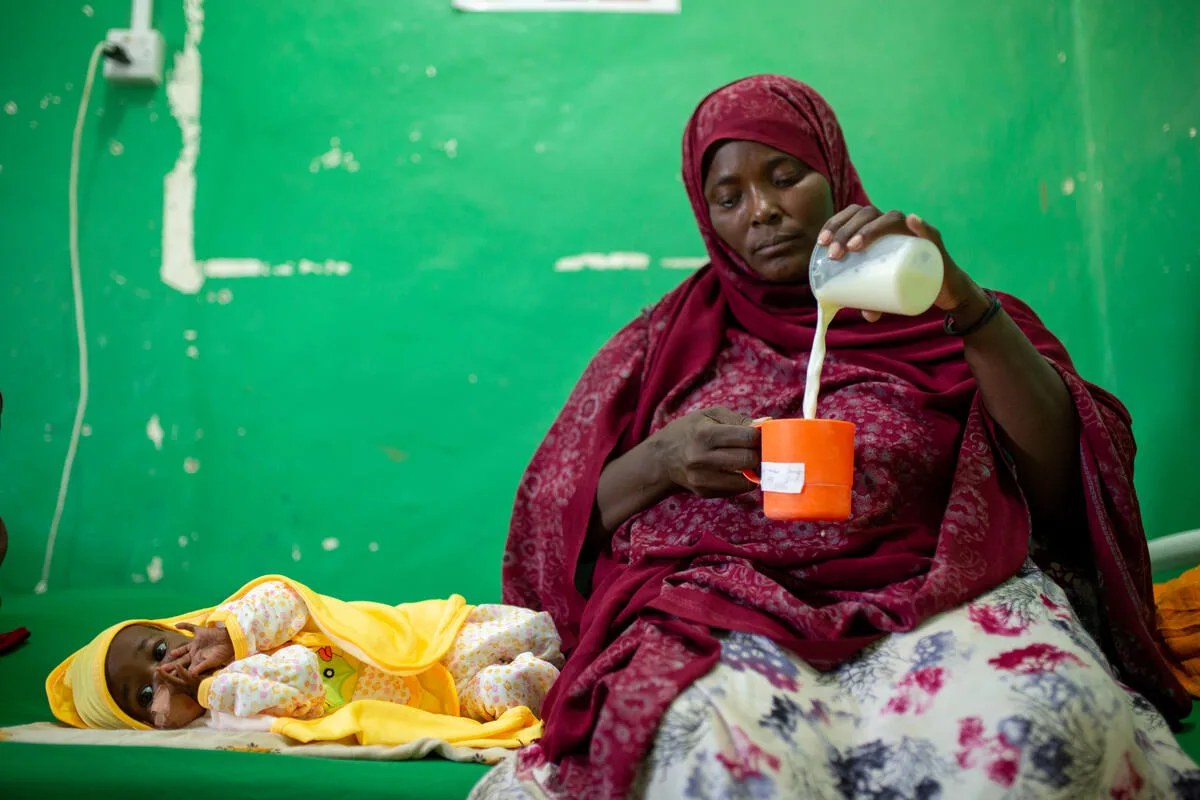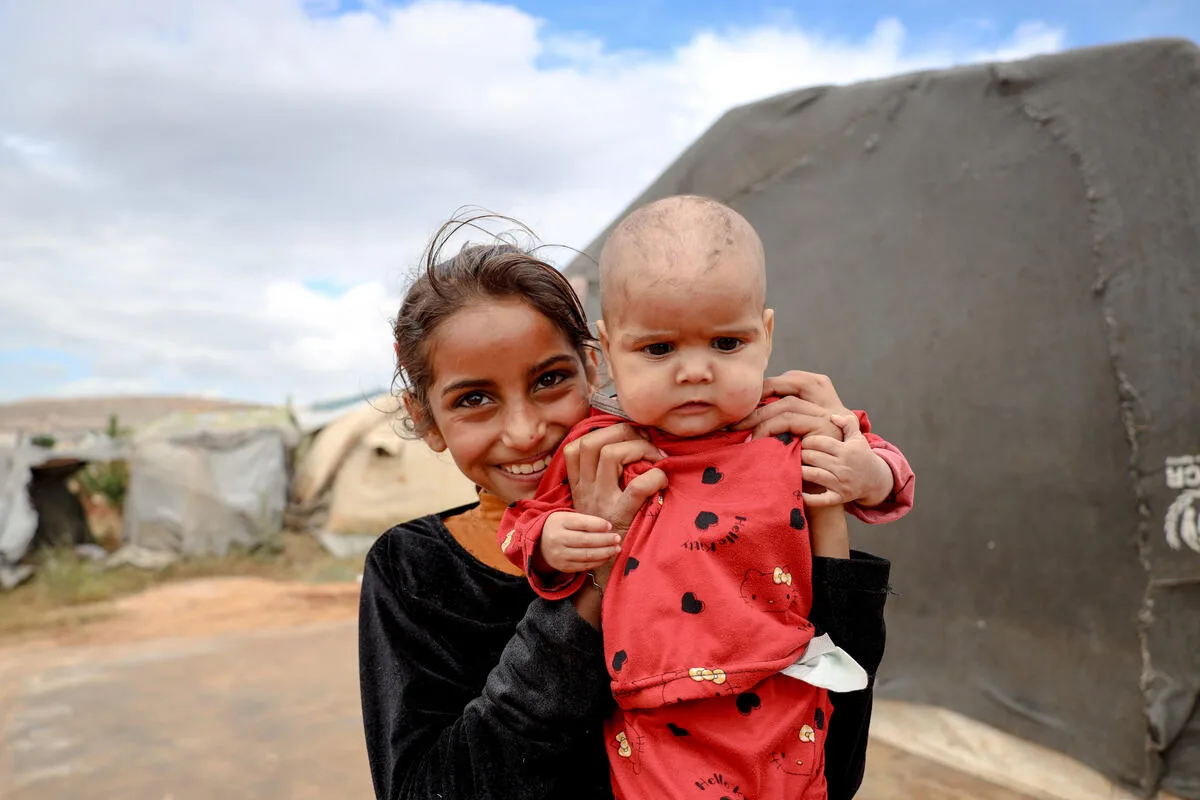What is World Food Day?
On World Food Day – October 16 – and on every day, Save the Children recognizes that every child deserves to grow up well-nourished, with access to nutritious food.
But for millions of children across the world, hunger is their everyday reality.
Perhaps this year, more than any year in recent history, it is important for us to acknowledge World Food Day and what it means for children around the world – especially children living in crisis situations like Gaza.
Open the Hunger Lunchbox to learn more about the hunger crisis >>

What is World Food Day?
World Food Day is an international day – celebrated every year on October 16 – to commemorate the date of the founding of the United Nations Food and Agriculture Organization (FAO) in 1945.
The FAO is a specialized agency, dedicated to defeating hunger, achieving food security for all, and making sure that people have regular access to enough high-quality food to lead active, healthy lives.
In addition to the FAO, World Food Day is celebrated widely by many other UN organizations who work to address hunger and food security, including the World Food Programme, the World Health Organization and the International Fund for Agricultural Development.

Why is World Food Day so important in 2024?
Preventing hunger is deeply rooted in Save the Children’s history. Our first ever campaign –spearheaded by our founder Eglantyne Jebb and her sister Dorothy Buxton – raised funds for children in Germany and Austria-Hungary who were experiencing high rates of famine, due to the recently ended World War I and the ongoing Allied blockades.
Over 100 years later, addressing hunger – both its root causes and immediate prevention – remains a critical part of our work.
As the climate crisis deepens and global inequality widens, record numbers of children face the ever-growing threat of hunger in 2024. Last year, 309 million people couldn’t get enough to eat – an increase from 258 million people in 2022. And in Canada, food insecurity and hunger are a growing issue, driven by the rising cost of living (including increased costs of food and housing), with one in four people facing food insecurity – although this number grows even higher among Racialized and Indigenous Peoples in Canada.
Conflicts around the world are also driving higher rates of malnutrition and hunger, especially in places like Gaza, where regular access to food supplies has been cut off for twelve months.
“We’re seeing an extraordinary situation where there is food, but yet people are literally dying of hunger because they can’t afford to eat,” says Rachael Cummings, team lead for Save the Children in Gaza, on the increased rates of hunger and malnutrition in the area.
“The tragedy is that we know how to treat malnutrition,” she adds. “[But] we need access to the population… [We need] access to food… clean water and sanitation to stop children dying from diarrhea… from malnutrition and starvation.”

Fighting malnutrition in Syria
At 7 months old, Nadira* is the youngest of eight children, who all live with their parents in a displacement camp in Syria. Her father suffered an injury while working away in Lebanon, and now her mother Maryam* is trying to support the large family by doing agricultural work.
“When my mother comes home from work, if she doesn’t bring us food, sometimes we eat and sometimes we remain hungry,” says Nadira’s older sister Asha*, 7.
“I stay at work until noon and sometimes until the evening. This depends on what our employer requires from us… We are paid 10 Turkish Liras (about 40 cents CAD) for two hours of work. 10 Liras doesn’t benefit the family in any significant way,” mother Maryam* says about the family’s situation.
Due to the dire economic situation the family is facing, Nadira* became malnourished
“I always carry [Nadira] and take her with me to the neighbours. I try to calm her down, but she does not stop crying and always continues to cry,” Asha* adds.
“If we work, we eat, and if we do not work, we don’t have anything. [But] when my daughter is sick, I cannot work,” says Maryam.
Save the Children is supporting partner organization Hand in Hand to provide nutrition support to displaced families in the northwest of Syria. Nutrition teams work to investigate cases of malnutrition in the displacement camps, treat them, and follow them up until the child has made a full recovery.
The Nutrition staff visited Nadira’s family and identified that she was malnourished – providing the family with therapeutic food (Plumpy’Nut) for the 7-month-old.
* Names changed to protect identities.
How can I help prevent hunger on World Food Day (and every day)?
Ensuring that no child goes hungry is going to take all of us working together to make a change.
Show your support and join Save the Children in our fight against the hunger crisis now >>


